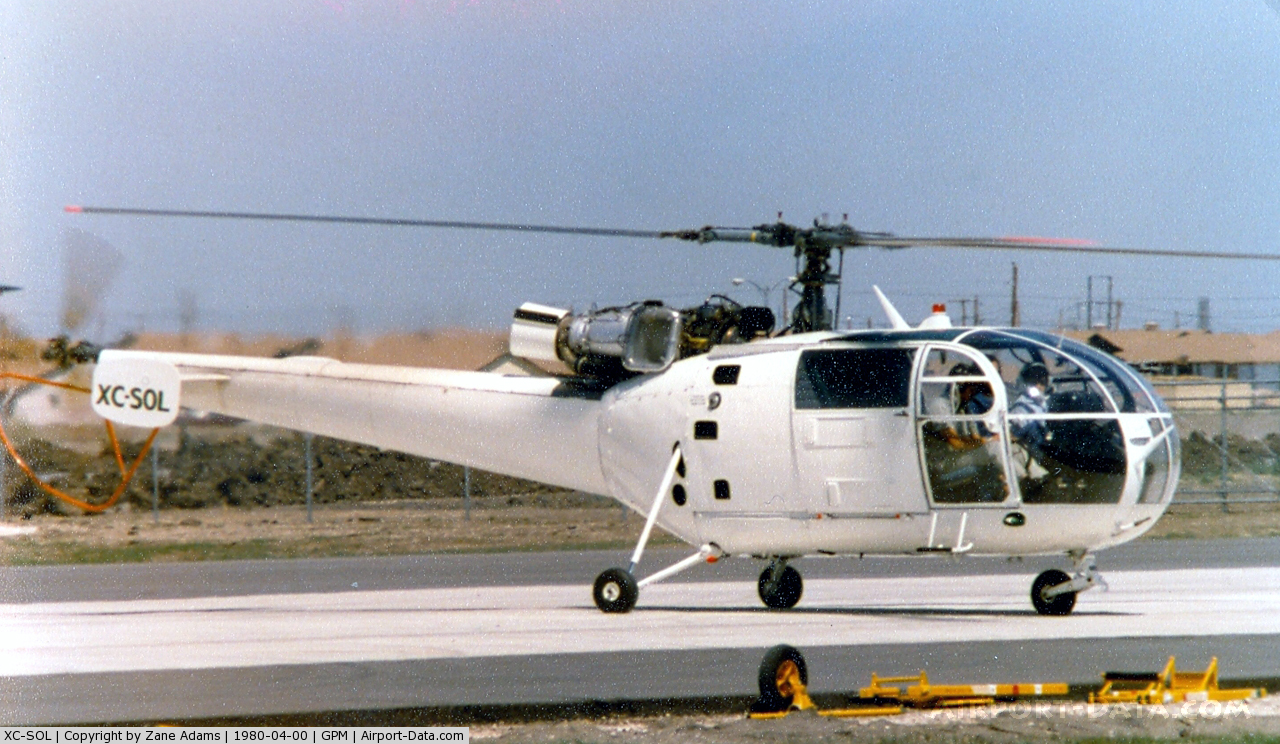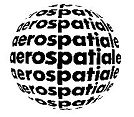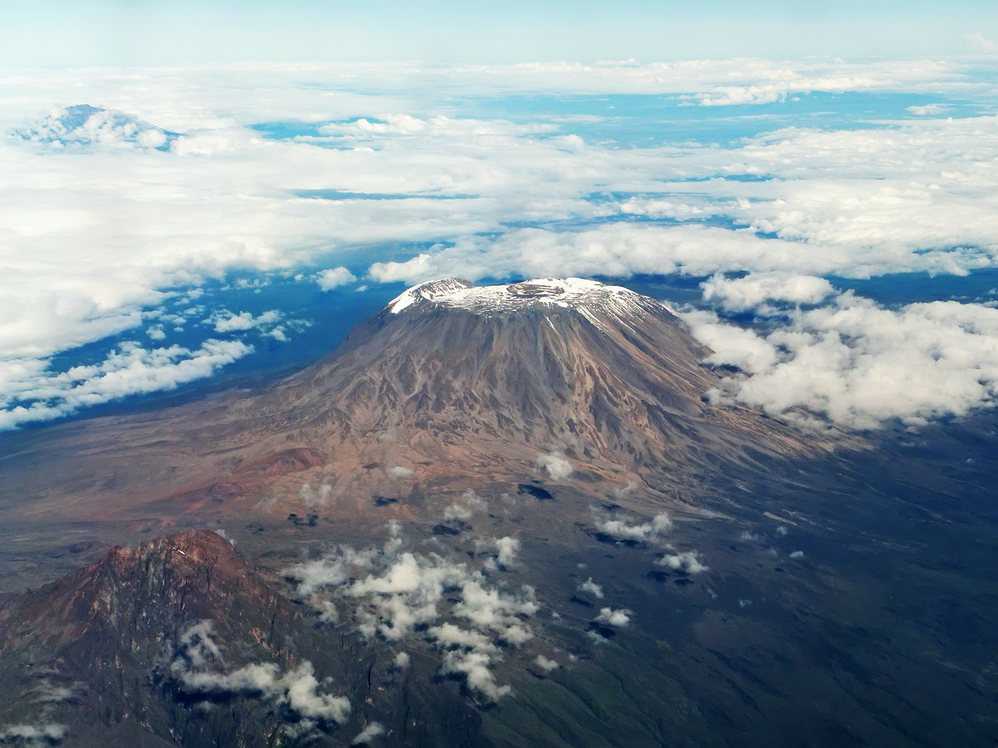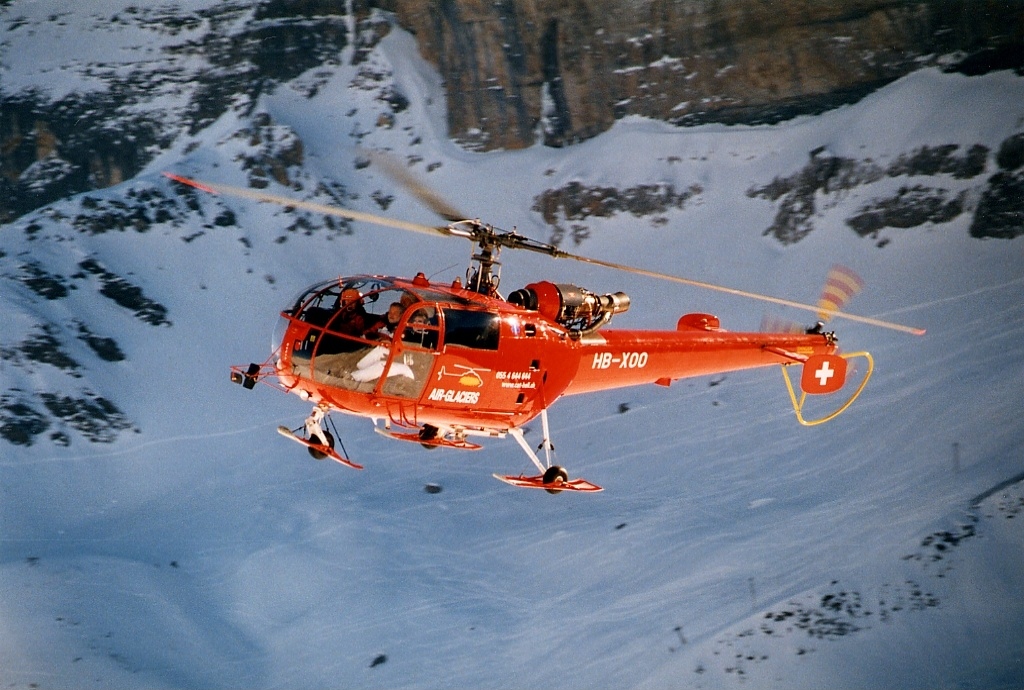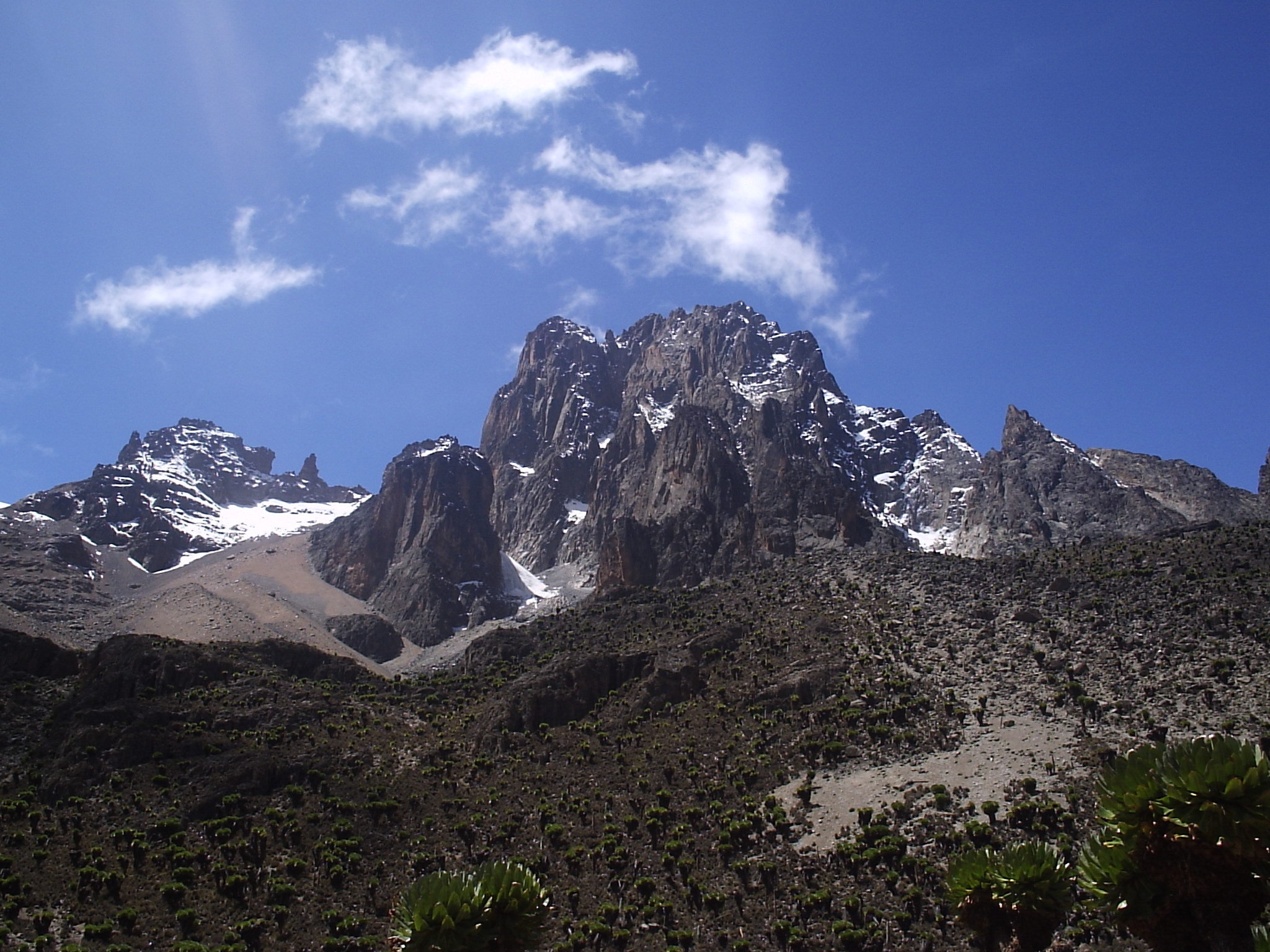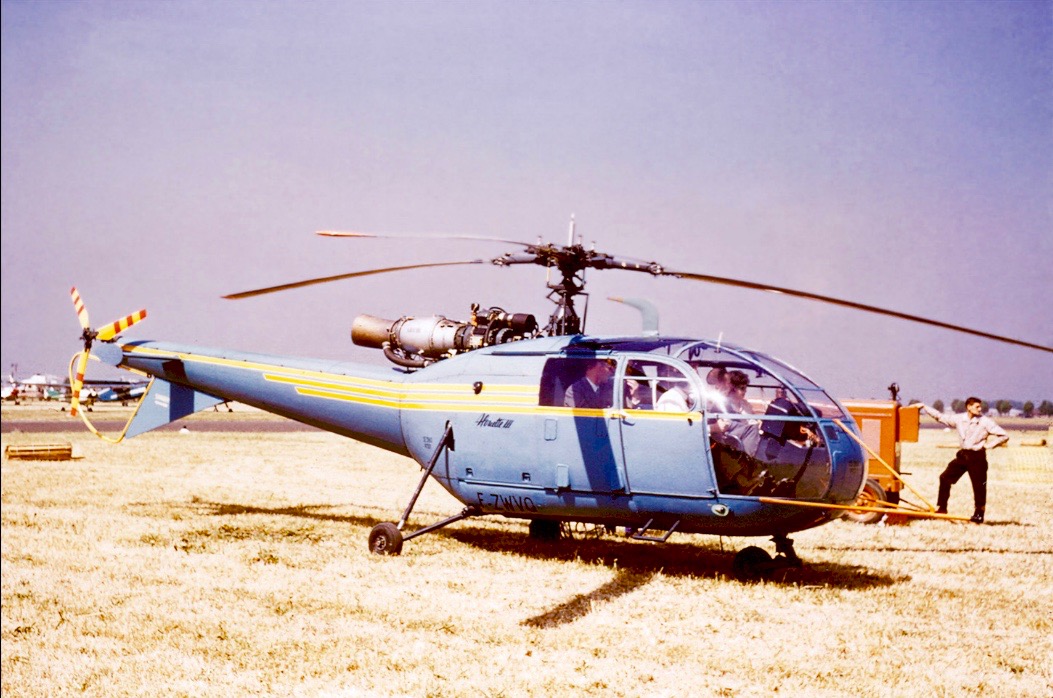
 28 February 1959: Société nationale des constructions aéronautiques du Sud-Est (SNCASE) test pilot Jean Ernest Boulet took the first prototype SE 3160 Alouette III, F-ZWVQ, for its first flight at Marignane, France.
28 February 1959: Société nationale des constructions aéronautiques du Sud-Est (SNCASE) test pilot Jean Ernest Boulet took the first prototype SE 3160 Alouette III, F-ZWVQ, for its first flight at Marignane, France.
After extensive testing, the helicopter was put into production as the Sud-Aviation SA 316A Alouette III. In 1968, the helicopter was re-engined and designated SA 316B. In 1970, the Alouette III was again re-engined and designated the Aérospatiale SA 319B
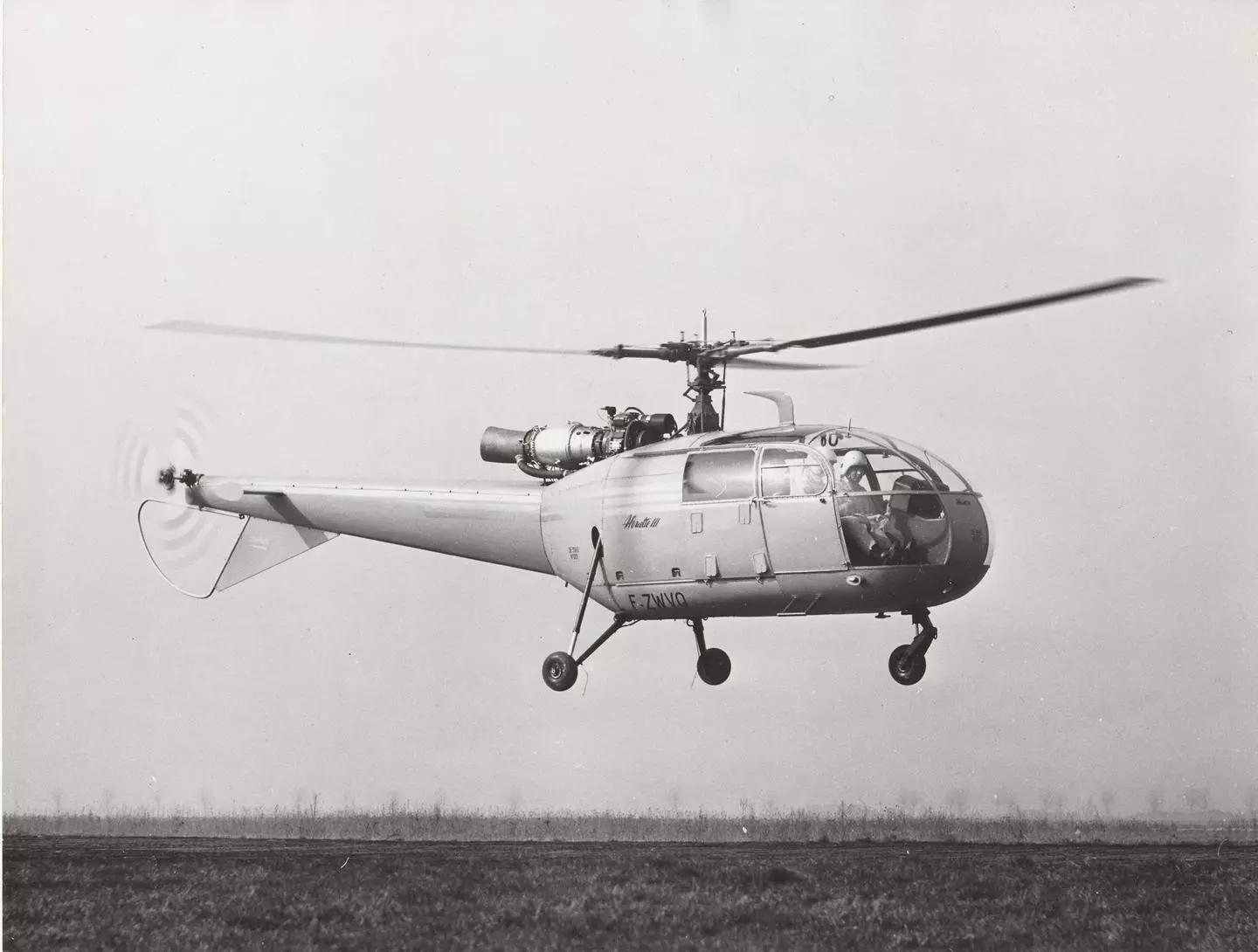
This helicopter is extremely effective at high altitudes and is widely used in the Alps, the Canadian Rockies and the Himalayas. The SA 319B is a development of the previous SA 316B. It is a single-engine, seven-place, light helicopter, operated by one or two pilots.
The helicopter’s fuselage is 10.175 meters (33 feet, 4.6 inches) long, with a main rotor diameter of 11.020 meters (36 feet, 1.9 inches). It has a height of 3.000 meters (9 feet, 10.1 inches).
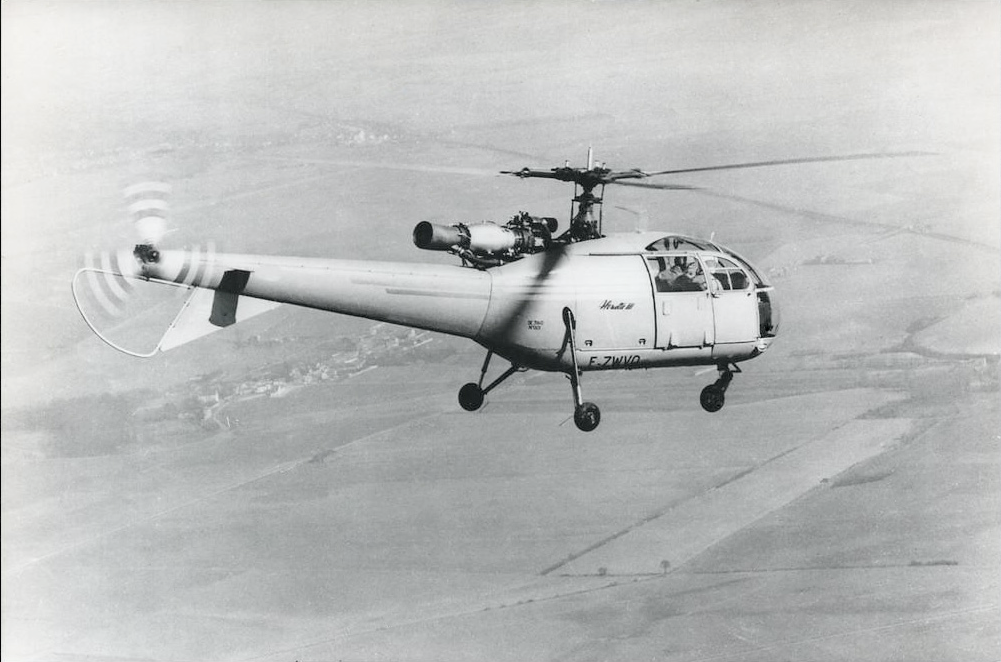
The three-bladed articulated main rotor follows the French practice of turning clockwise as seen from above. (The advancing blade is on the helicopter’s left side.) Main rotor speed is 353.2 r.p.m. at 100% NR. In autorotation, it may operate in a range from 270 to 420 r.p.m. A three-bladed tail rotor is mounted on the right side of the tail boom in a pusher configuration. It turns clockwise as seen from the helicopter’s left side. (The advancing blade is below the tail boom.) The tail rotor has a diameter of 1.912 meters (6 feet, 3.228 inches). The tail rotor speed is 2,001 r.p.m.
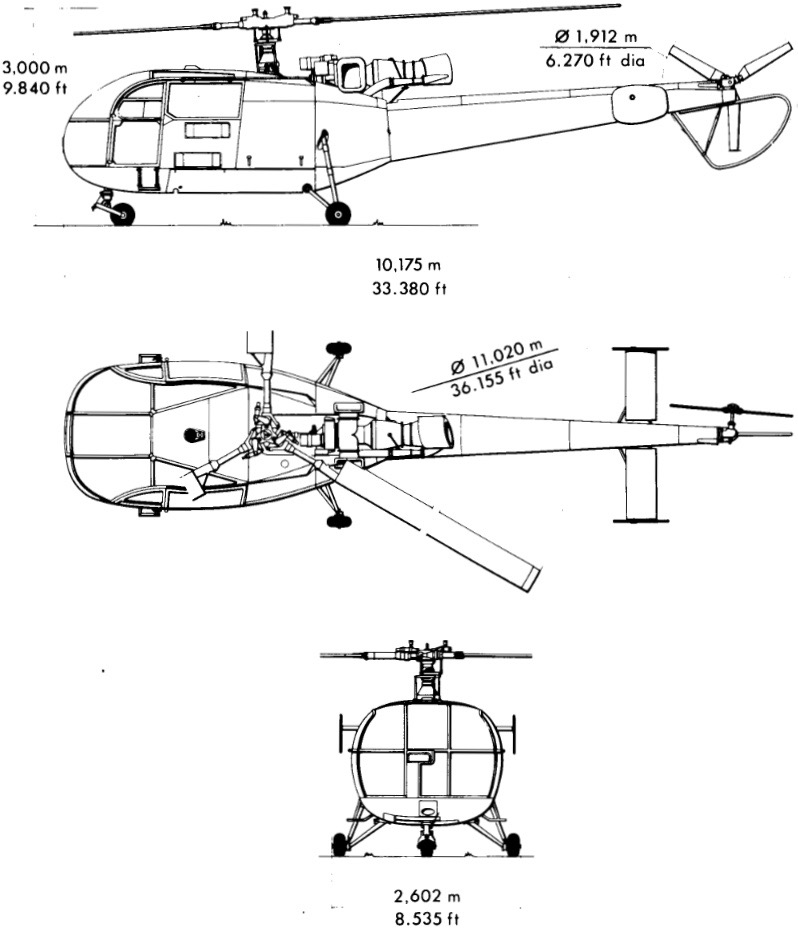
 The SA 316A was powered by a Turboméca Artouse IIIB, single shaft gas turbine engine. Single stage, axial-flow, single-stage centriugal flow compressor, annualr combustor and three stage turbine. , 870 h.p. for takeoff 33,500 r.p.m. 182 kg.
The SA 316A was powered by a Turboméca Artouse IIIB, single shaft gas turbine engine. Single stage, axial-flow, single-stage centriugal flow compressor, annualr combustor and three stage turbine. , 870 h.p. for takeoff 33,500 r.p.m. 182 kg.
The SA 319B is powered by a Turboméca Astazou XIV turboshaft engine, capable of producing 870 shaft horsepower, but derated to 660 shaft horsepower. This provides a power rating of 90 horsepower more than the earlier helicopter’s Artouste IIIB engine. The engine turns 33,500 r.p.m at 100% N1.
At its maximum gross weight the SA 316B Allouette III has a cruising speed of 185 kilometers per hour (100 knots, or 115 miles per hour), and a maximum speed (VNE) of 210 kilometers per hour (113 knots, 130 miles per hour), both at Sea Level. Its range is 470 kilometers (254 nautical miles, 292 statute miles), and the service ceiling is 6,000 meters (19,685 feet).
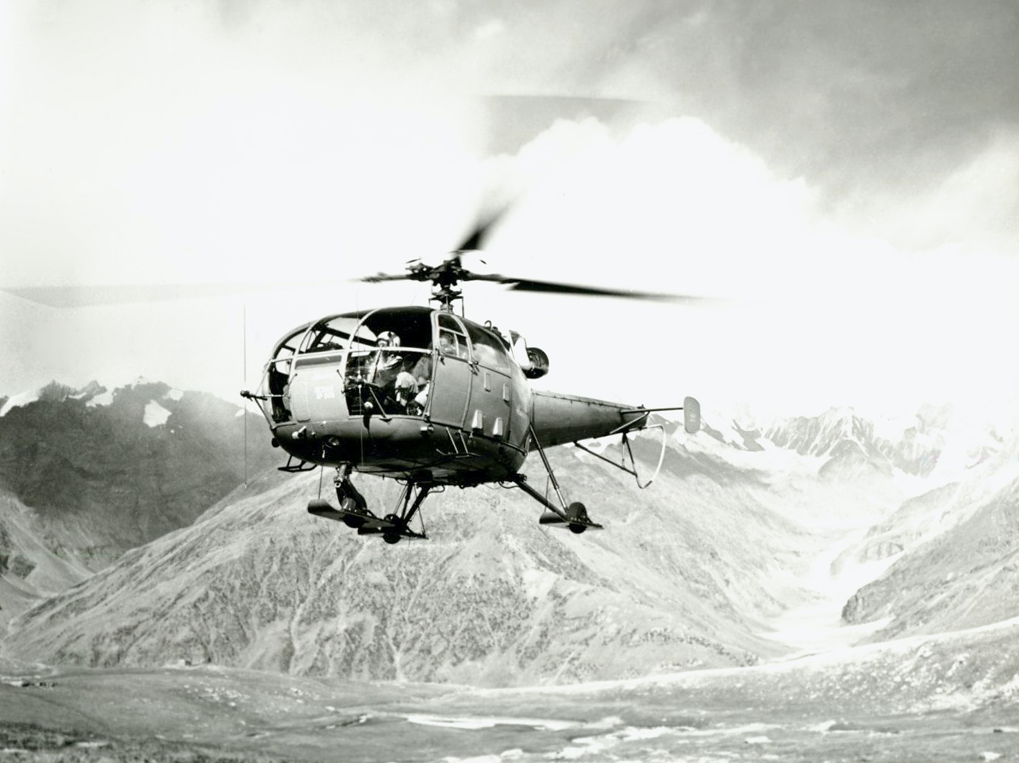
As with all helicopters, the Alouette III’s Hover Ceiling varies with its weight. At maximum gross weight, the Hover Ceiling in Ground Effect (HIGE) is 1,650 meters (5,413 feet), and out of Ground Effect (HOGE), just 100 meters (328 feet), MSL. At a reduced gross weight of 1,750 kilograms (3,858 pounds), HIGE increases to 5,550 meters (18,045 feet), and HOGE, 1,650 meters (5,413 feet). With the same weights, the helicopter’s rate of climb varies from 4.3 meters per second to 8.7 meters per second (846–1,713 feet per minute).
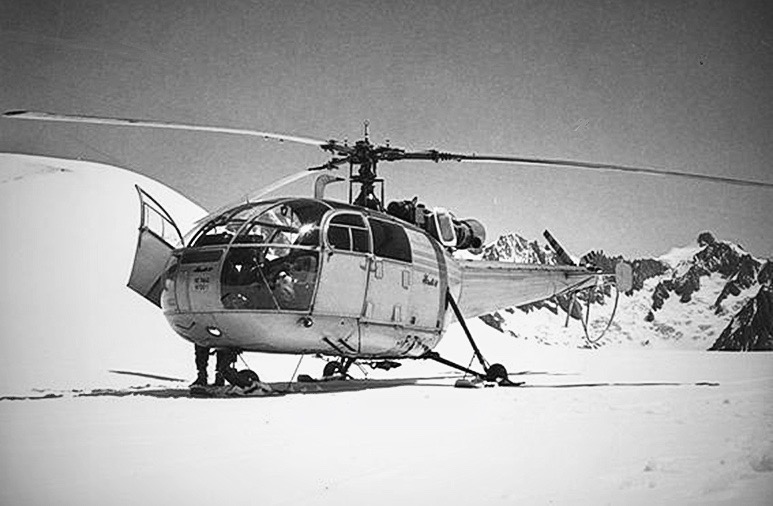
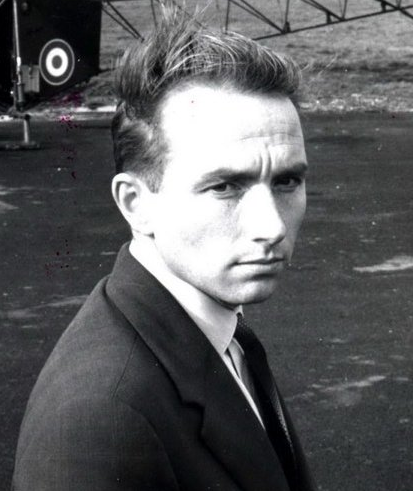
Jean Ernest Boulet was born 16 November 1920, in Brunoy, southeast of Paris, France. He was the son of Charles-Aimé Boulet, an electrical engineer, and Marie-Renée Berruel Boulet.
He graduated from Ecole Polytechnique in 1940 and the Ecole Nationale Supérieure de l’aéronautique In 1942. (One of his classmates was André Edouard Turcat, who would also become one of France’s greatest test pilots.)
Following his graduation, Boulet joined the Armée de l’Air (French Air Force)and was commissioned a sous-lieutenant. He took his first flight lesson in October. After the surrender of France in the Nazi invaders, Boulet’s military career slowed. He applied to l’Ecole Nationale Supérieure de l’Aéronautique in Toulouse for post-graduate aeronautical engineering. He completed a master’s degree in 1943.
During this time, Boulet joined two brothers with La Resistance savoyarde, fighting against the German invaders as well as French collaborators.
In 1943, Jean Boulet married Mlle. Josette Rouquet. They had two sons, Jean-Pierre and Olivier.
In February 1945, Sous-lieutenant Boulet was sent to the United States for training as a pilot. After basic and advanced flight training, Bouelt began training as a fighter pilot, completing the course in a Republic P-47D Thunderbolt. He was then sent back to France along with the other successful students.
On 1 February 1947 Jen Boulet joined Société nationale des constructions aéronautiques du Sud-Est (SNCASE) as an engineer and test pilot. He returned to the United States to transition to helicopters. Initially, Boulet and another SNCASE pilot were sent to Helicopter Air Transport at Camden Central Airport, Camden, New Jersey, for transition training in the Sikorsky S-51. An over-enthusiastic instructor attempted to demonstrate the Sikorsky to Boulet, but lost control and crashed. Fortunately, neither pilot was injured. Boulet decided to go to Bell Aircraft at Niagara Falls, New York, where he trained on the Bell Model 47. He was awarded a helicopter pilot certificate by the U.S. Federal Aviation Administration, 23 February 1948.
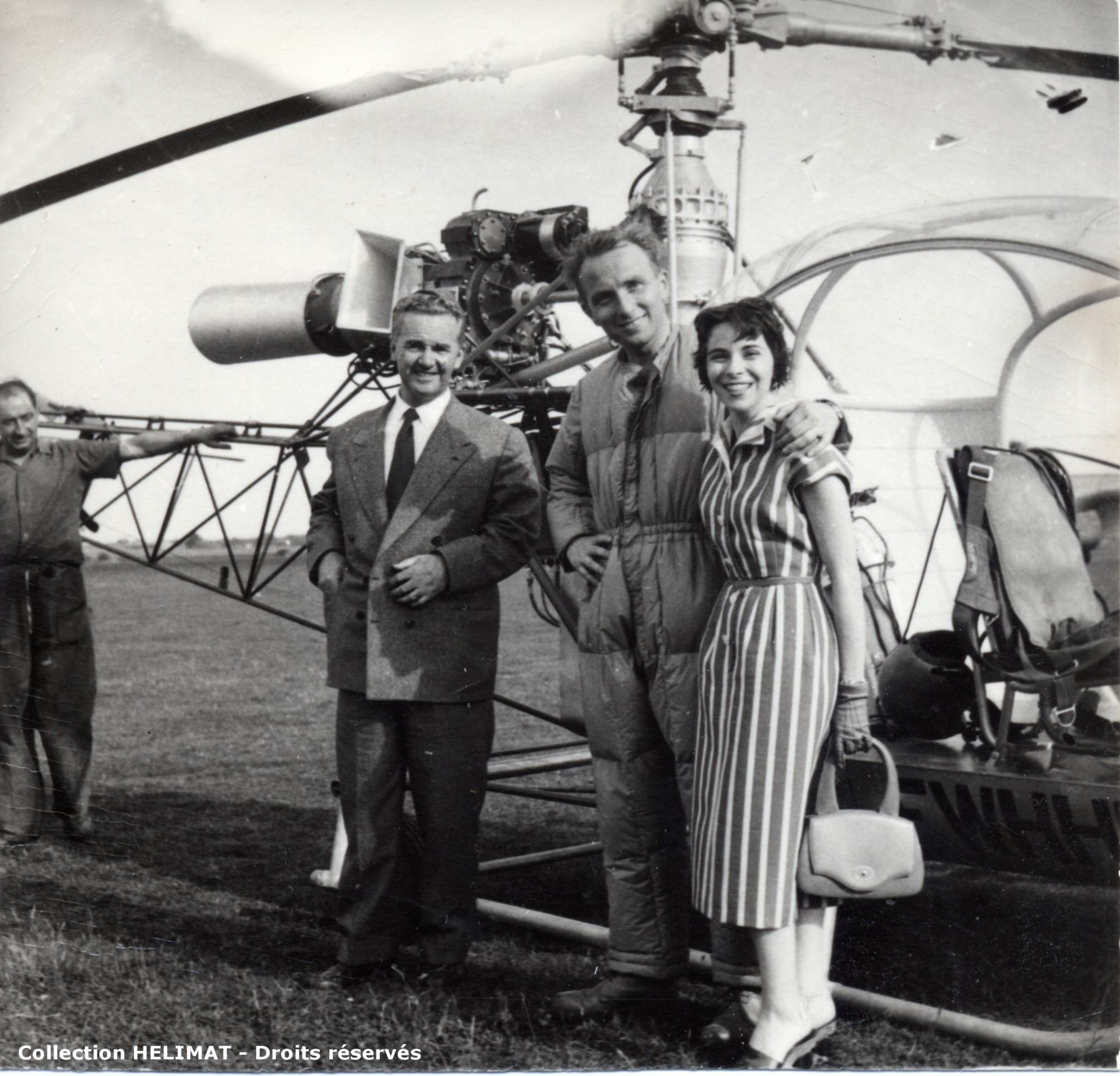
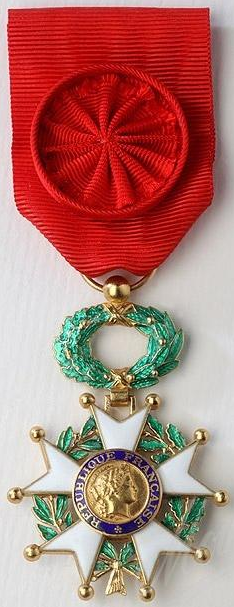
As a test pilot Boulet made the first flight in every helicopter produced by SNCASE, which would become Sud-Aviation and later, Aérospatiale (then, Eurocopter, and now, Airbus Helicopters).
While flying a SE 530 Mistral fighter, 23 January 1953, Boulet entered an unrecoverable spin and became the first French pilot to escape from an aircraft by ejection seat during an actual emergency. He was awarded the Médaille de l’Aéronautique.
Jean Boulet was appointed Chevalier de la légion d’honneur in 1956, and in 1973, promoted to Officier de la Légion d’honneur.
Jean Boulet had more than 9,000 flight hours, with over 8,000 hours in helicopters. He set 24 Fédération Aéronautique Internationale world records for speed, distance and altitude. Four of these are current.
Jean Boulet wrote L’Histoire de l’Helicoptere: Racontée par ses Pionniers 1907–1956, published in 1982 by Éditions France-Empire, 13, Rue Le Sueuer, 75116 Paris.
Jean Ernest Boulet died at Aix-en-Provence, in southern France, 15 February 2011, at the age of 90 years.
© 2021, Bryan R. Swopes
